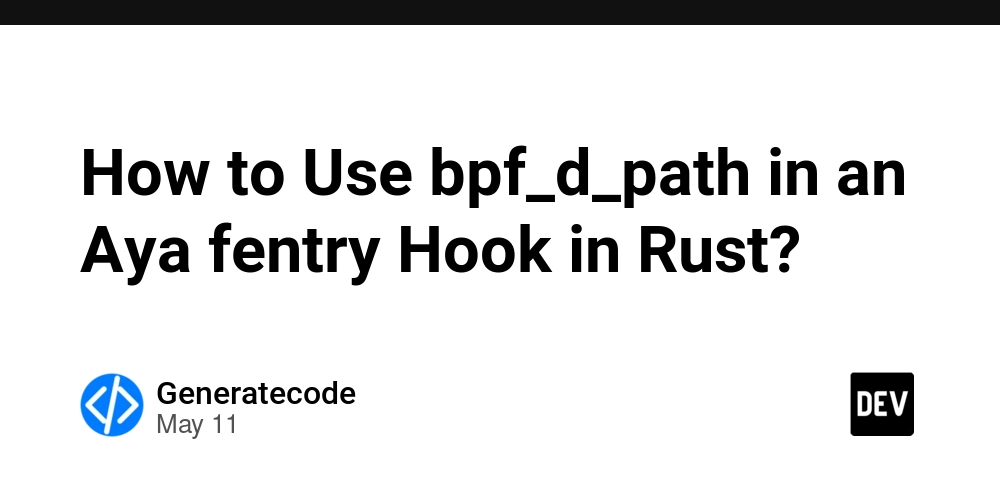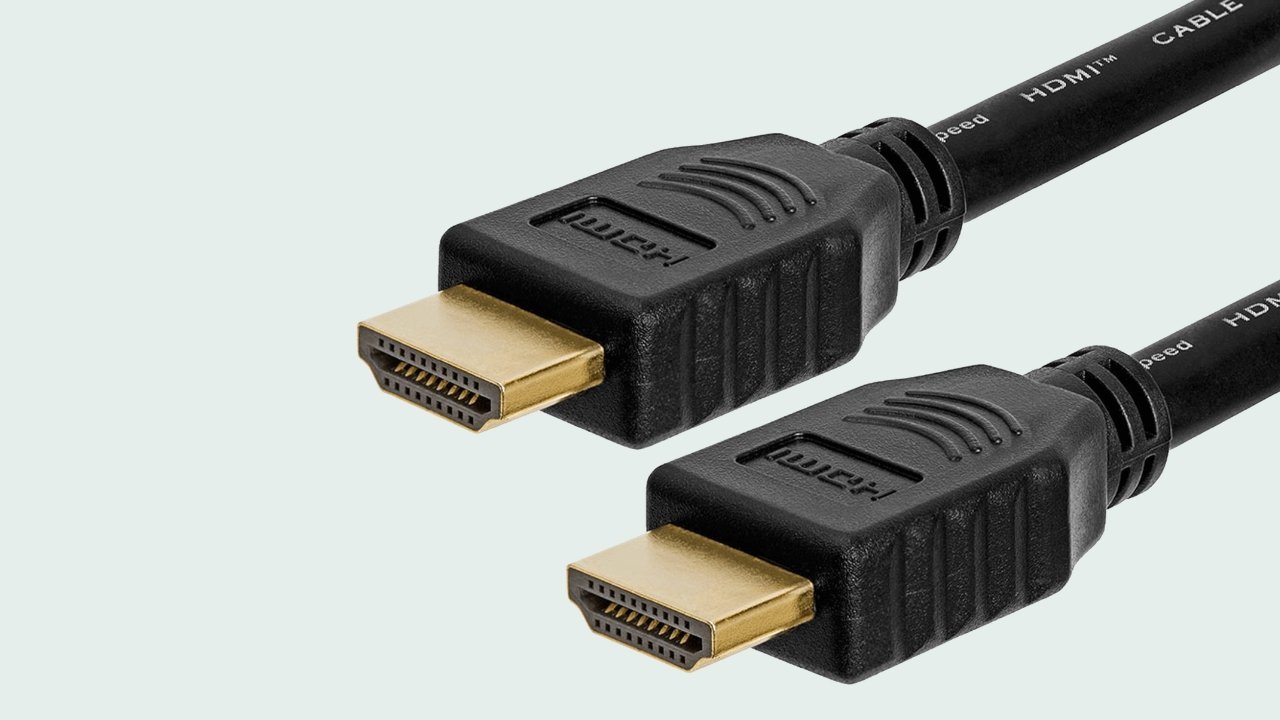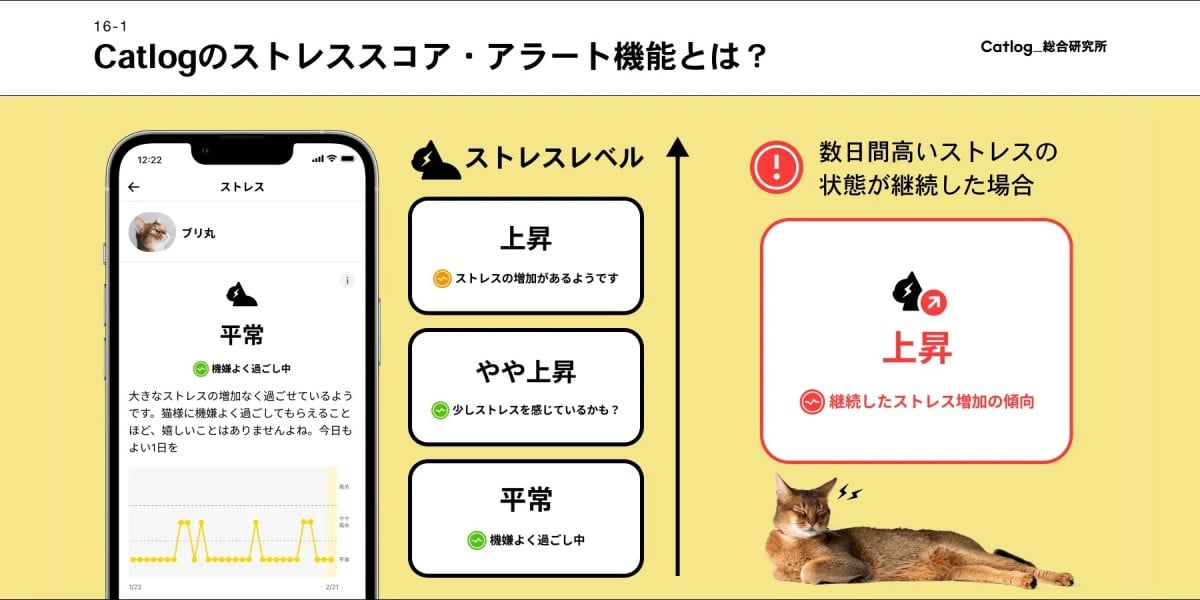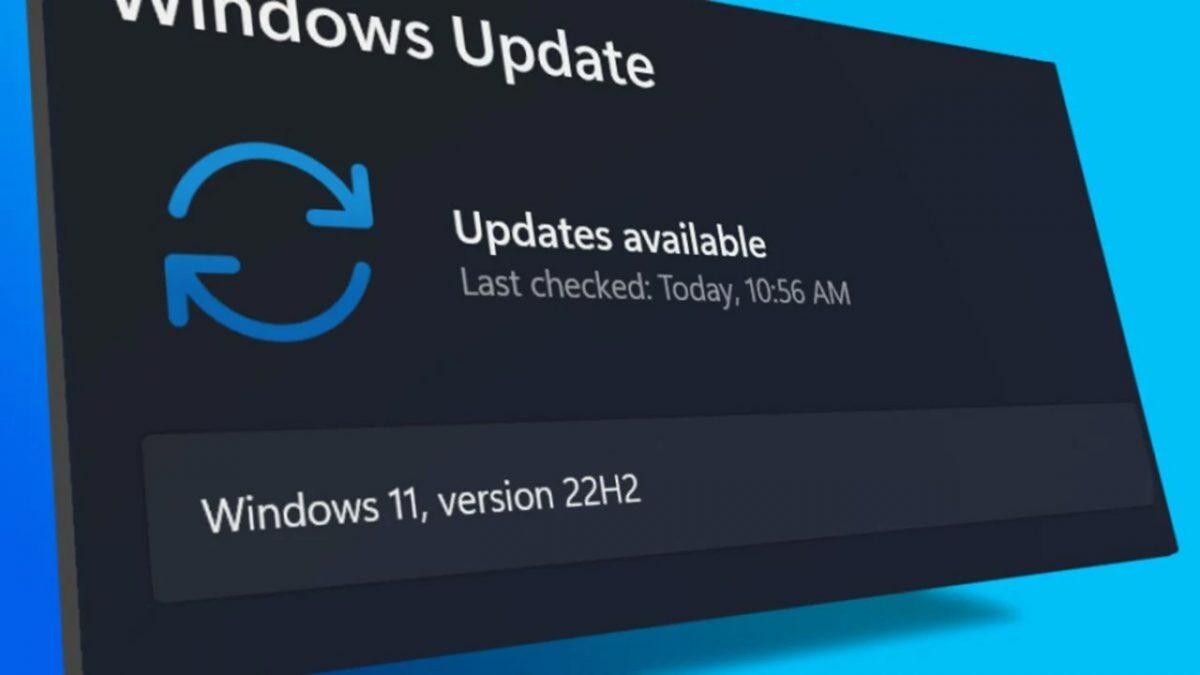How to Use bpf_d_path in an Aya fentry Hook in Rust?
Introduction If you're diving into eBPF programming using the Aya framework in Rust, you might encounter some obstacles when trying to leverage functions like bpf_d_path. Specifically, when attaching an fentry hook to the filp_close function and aiming to resolve file paths, you could run into verifier errors. This article explores the challenges faced while using bpf_d_path in an fentry context and provides solutions for obtaining file paths efficiently. Understanding the Verifier Error The common verifier error when calling bpf_d_path in an fentry hook, as you’ve encountered, is typically related to pointer trust levels. The error message indicates that the bpf_d_path function expects its first argument to be a trusted pointer: Error: the BPF_PROG_LOAD syscall failed... R1 type=fp expected=ptr_, trusted_ptr_, rcu_ptr_ This indicates that the pointer passed does not meet the verifier’s safety requirements for using that particular function. Challenges of Using bpf_d_path The bpf_d_path function is designed to convert a file struct's path to a user-friendly string format. However, it is generally permitted only in certain types of hooks, like kprobes or LSM (Linux Security Module). The security model for fentry hooks imposes stricter measures on the data being accessed, particularly around pointers. As per verification rules, you often cannot use pointers that aren’t explicitly marked as trusted. Common Questions Related to Using bpf_d_path What is the correct way to call bpf_d_path in an Aya fentry program? Is bpf_d_path only usable in certain hook types like LSM or kprobe instead of fentry? Is there a better/allowed way to get the full path from a file pointer in an fentry hook? Solutions for Path Retrieval from eBPF's fentry Hook Avoiding bpf_d_path in fentry If you're working within the constraints of an fentry hook and encounter restrictions with bpf_d_path, one alternative is to access the f_path directly without using this function. You can still acquire the file name and path fields directly from the file struct. Below is an example of how you might approach this: use aya::maps::{HashMap, LruHashMap}; use aya::programs::{KProbe, FEntry}; use aya_bcc::bindings::file; const INIT_EVENT: Event = Event { pid: 0, path: [0; 1024], }; #[map] pub static TT: LruHashMap = LruHashMap::with_max_entries(16, 0); fn try_ff(ctx: &FEntryContext) -> Result { let file_ptr: *const file = unsafe { ctx.arg(0) }; let addr = file_ptr as u64; TT.insert(&addr, &INIT_EVENT, 0).map_err(|_| -6)?; let event = unsafe { &mut *TT.get_ptr_mut(&addr).ok_or(-7)? }; let file_val = unsafe { bpf_probe_read_kernel::(file_ptr).map_err(|_| -8)? }; let path_ptr = file_val.f_path; // Extracting and storing file name directly unsafe { // Here, instead of bpf_d_path, you can directly copy the path directly to the event struct. core::ptr::copy_nonoverlapping(path_ptr.data.as_ptr(), event.path.as_mut_ptr(), path_length); } info!(ctx, "function filp_close called"); Ok(()) } In the example above, we're reading the f_path struct directly from the file structure rather than using bpf_d_path. Adjust path_length according to your expected maximum filename size. Runtime Considerations Keep in mind that extracting kernel data involves strict alignment and size considerations. Ensure the buffers you manage are correctly sized and aligned based on how the kernel structures are defined. Given these constraints, always check for unsafe operations and ensure you handle potential points of failure correctly within your BPF program. Conclusion When working with eBPF and Rust's Aya framework, particularly within fentry hooks, utilizing bpf_d_path can lead to verification issues. Instead, you can directly access the f_path from the file struct. This approach not only complies with verifier rules but also optimizes your code for better performance and reliability. By understanding these underlying principles, you can successfully implement eBPF functionality while navigating the complexities of kernel data access. Frequently Asked Questions Can I use bpf_d_path in an fentry hook? No, bpf_d_path is not recommended in an fentry hook due to verifier trust requirements. What’s an alternative method for obtaining file paths in eBPF? You can read directly from the f_path field in the file structure without using bpf_d_path. Are there other eBPF hooks that allow using bpf_d_path? Yes, primarily kprobe or LSM hooks allow for such operations safely.

Introduction
If you're diving into eBPF programming using the Aya framework in Rust, you might encounter some obstacles when trying to leverage functions like bpf_d_path. Specifically, when attaching an fentry hook to the filp_close function and aiming to resolve file paths, you could run into verifier errors. This article explores the challenges faced while using bpf_d_path in an fentry context and provides solutions for obtaining file paths efficiently.
Understanding the Verifier Error
The common verifier error when calling bpf_d_path in an fentry hook, as you’ve encountered, is typically related to pointer trust levels. The error message indicates that the bpf_d_path function expects its first argument to be a trusted pointer:
Error: the BPF_PROG_LOAD syscall failed...
R1 type=fp expected=ptr_, trusted_ptr_, rcu_ptr_
This indicates that the pointer passed does not meet the verifier’s safety requirements for using that particular function.
Challenges of Using bpf_d_path
The bpf_d_path function is designed to convert a file struct's path to a user-friendly string format. However, it is generally permitted only in certain types of hooks, like kprobes or LSM (Linux Security Module). The security model for fentry hooks imposes stricter measures on the data being accessed, particularly around pointers. As per verification rules, you often cannot use pointers that aren’t explicitly marked as trusted.
Common Questions Related to Using bpf_d_path
- What is the correct way to call bpf_d_path in an Aya fentry program?
- Is bpf_d_path only usable in certain hook types like LSM or kprobe instead of fentry?
- Is there a better/allowed way to get the full path from a file pointer in an fentry hook?
Solutions for Path Retrieval from eBPF's fentry Hook
Avoiding bpf_d_path in fentry
If you're working within the constraints of an fentry hook and encounter restrictions with bpf_d_path, one alternative is to access the f_path directly without using this function. You can still acquire the file name and path fields directly from the file struct. Below is an example of how you might approach this:
use aya::maps::{HashMap, LruHashMap};
use aya::programs::{KProbe, FEntry};
use aya_bcc::bindings::file;
const INIT_EVENT: Event = Event {
pid: 0,
path: [0; 1024],
};
#[map]
pub static TT: LruHashMap = LruHashMap::with_max_entries(16, 0);
fn try_ff(ctx: &FEntryContext) -> Result<(), i64> {
let file_ptr: *const file = unsafe { ctx.arg(0) };
let addr = file_ptr as u64;
TT.insert(&addr, &INIT_EVENT, 0).map_err(|_| -6)?;
let event = unsafe { &mut *TT.get_ptr_mut(&addr).ok_or(-7)? };
let file_val = unsafe { bpf_probe_read_kernel::(file_ptr).map_err(|_| -8)? };
let path_ptr = file_val.f_path;
// Extracting and storing file name directly
unsafe {
// Here, instead of bpf_d_path, you can directly copy the path
directly to the event struct.
core::ptr::copy_nonoverlapping(path_ptr.data.as_ptr(), event.path.as_mut_ptr(), path_length);
}
info!(ctx, "function filp_close called");
Ok(())
}
In the example above, we're reading the f_path struct directly from the file structure rather than using bpf_d_path. Adjust path_length according to your expected maximum filename size.
Runtime Considerations
Keep in mind that extracting kernel data involves strict alignment and size considerations. Ensure the buffers you manage are correctly sized and aligned based on how the kernel structures are defined. Given these constraints, always check for unsafe operations and ensure you handle potential points of failure correctly within your BPF program.
Conclusion
When working with eBPF and Rust's Aya framework, particularly within fentry hooks, utilizing bpf_d_path can lead to verification issues. Instead, you can directly access the f_path from the file struct. This approach not only complies with verifier rules but also optimizes your code for better performance and reliability. By understanding these underlying principles, you can successfully implement eBPF functionality while navigating the complexities of kernel data access.
Frequently Asked Questions
Can I use bpf_d_path in an fentry hook?
No, bpf_d_path is not recommended in an fentry hook due to verifier trust requirements.
What’s an alternative method for obtaining file paths in eBPF?
You can read directly from the f_path field in the file structure without using bpf_d_path.
Are there other eBPF hooks that allow using bpf_d_path?
Yes, primarily kprobe or LSM hooks allow for such operations safely.












































































































































































![[The AI Show Episode 156]: AI Answers - Data Privacy, AI Roadmaps, Regulated Industries, Selling AI to the C-Suite & Change Management](https://www.marketingaiinstitute.com/hubfs/ep%20156%20cover.png)
![[The AI Show Episode 155]: The New Jobs AI Will Create, Amazon CEO: AI Will Cut Jobs, Your Brain on ChatGPT, Possible OpenAI-Microsoft Breakup & Veo 3 IP Issues](https://www.marketingaiinstitute.com/hubfs/ep%20155%20cover.png)























































































































![[DEALS] 1min.AI: Lifetime Subscription (82% off) & Other Deals Up To 98% Off – Offers End Soon!](https://www.javacodegeeks.com/wp-content/uploads/2012/12/jcg-logo.jpg)































































































































































































































































![Mercedes, Audi, Volvo Reject Apple's New CarPlay Ultra [Report]](https://www.iclarified.com/images/news/97711/97711/97711-640.jpg)




































































